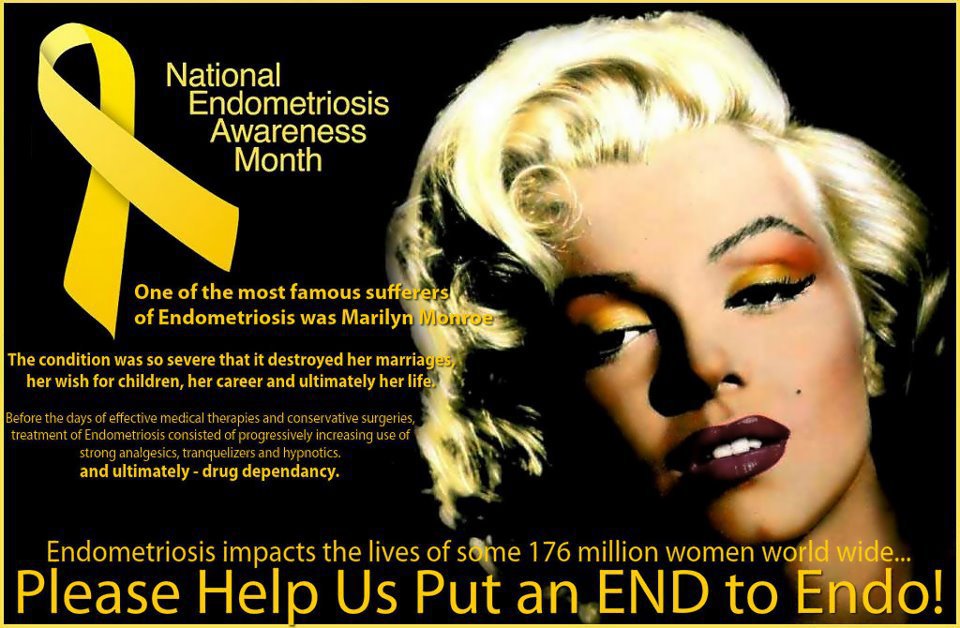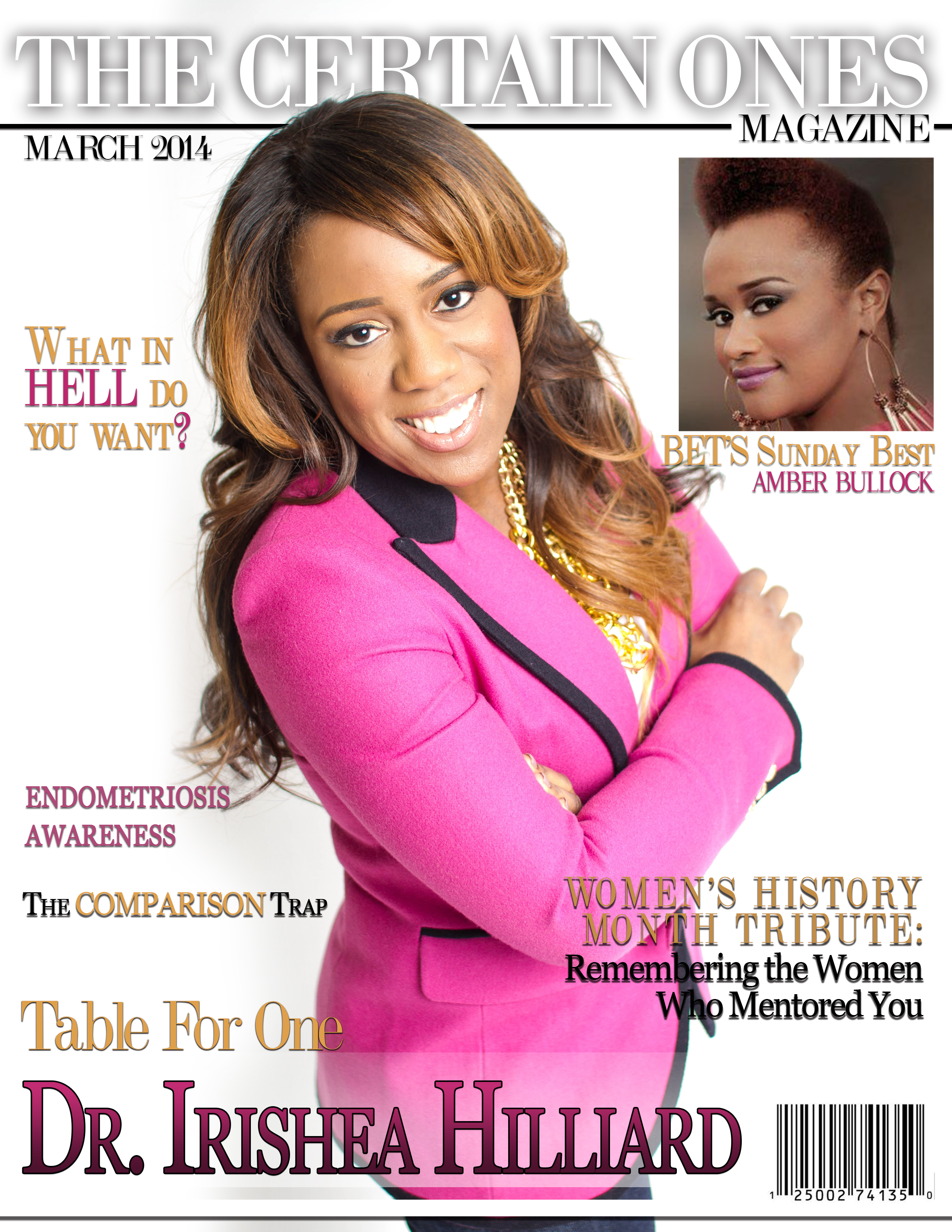Posted by The Certain Ones in Endometriosis, Healthy Living and Fitness | 1 Comment
What is Endometriosis?
Endometriosis affects an estimated 176 million women worldwide regardless of their ethnic and social background. Many remain undiagnosed and are therefore not treated.
Endometriosis is a condition where tissue similar to the lining of the uterus (the endometrial stroma and glands, which should only be located inside the uterus) is found elsewhere in the body [1].
It is generally acknowledged that an estimated 10% of all women during their reproductive years (from the onset of menstruation to menopause) are affected by endometriosis [2]. This equates to 176 million women throughout the world, who have to deal with the symptoms of endometriosis during the prime years of their lives [3].
Common locations of endometriosis
Endometriosis lesions can be found anywhere in the pelvic cavity:
on the ovaries
the fallopian tubes
on the pelvic side-wall (peritoneum)
the uterosacral ligaments,
the cul-de-sac,
the Pouch of Douglas
the rectal-vaginal septum
In addition, it can be found in:
caesarian-section scars
laparoscopy/laparotomy scars
on the bladder
on the bowel
on the intestines, colon, appendix, and rectum.
But these locations are not so common. In even more rare cases, endometriosis has been found inside the vagina, inside the bladder, on the skin, in the lung, spine, and brain.
Symptoms of endometriosis
The most common symptom of endometriosis is pelvic pain.
The pain often correlates to the menstrual cycle, but a woman with endometriosis may also experience pain that doesn’t correlate to her cycle – this is what makes this disease/condition so unpredictable and frustrating.
For many women, the pain of endometriosis is so severe and debilitating that it impacts their lives in significant ways.
Endometriosis can also cause scar tissue and adhesions to develop that can distort a woman’s internal anatomy. In advanced stages, internal organs may fuse together, causing a condition known as a “frozen pelvis.” This is not common, but it does happen.
It is estimated that 30-40% of women with endometriosis may not be able to have children (if you suspect you suffer from infertility, please see our section on endometriosis and infertility).
If you, or someone you care about, has endometriosis, it is important to research the disease as much as possible. Many myths and misconceptions about endometriosis still persist, even in the medical literature.
For many women, management of this disease may be a long-term process. Therefore, it is important to educate yourself, take the time to find a good doctor, and consider joining a local support group.
http://endometriosis.org/endometriosis































Although the exact cause of endometriosis is ukwnonn, a number of theories have been put forward. Some of the more popular ones are:• Implantation theory. This theory states that a reversal in the direction of menstrual flow sends discarded endometrial cells into the body cavity where they accompany internal organs and seed endometrial implants. There is considerable witness to support this explanation. Reversed menstrual flow occurs in 70-90% of women and is idea to beryllium more common in women with endometriosis.• Vascular-lymphatic theory. This theory recommends that the humor system or blood vessels (vascular system) are the vehicles for distribution of endometrial cells out of the uterus.• Coelomic metaplasia theory. According to this hypothesis, remnants of tissue left over from prenatal development of the woman’s reproductive parcel transform into endometrial cells throughout the body.• Induction theory. This explanation postulates that associate unidentified objects found within the body forces cells from the lining of the unit cavity to change into endometrial cells.In addition to these theories, the following factors are thought to influence the development of endometriosis:• Heredity. A woman’s chance of developing endometriosis is seven times greater if her mother or sisters have the disease.• Immune rules function. Women with endometriosis may have lower functioning condition systems that mortal trouble eliminating stray endometrial cells. This would describe why a high percentage of women experience reversed menstrual flow while relatively few develop endometriosis.• Dioxin exposure. Some research suggests a link betwixt the exposure to dioxin (TCCD), a venomous chemical found in weed killers, and the development of endometriosis.• Discharge pain. Pain within the lower abdomen that begins a daylight or two before the menstrual period starts and continues until the end is typical of endometriosis. Some women also report lower back aches, and backache during excretion and gut movement, especially during their periods.• Painful sexual intercourse. Anxiety on the vagina and cervix causes serious pain for some women.• Abnormal bleeding. Big menstrual periods, irregular bleeding, and spotting are common features of endometriosis.• Infertility. There’s a strong association between endometriosis and infertility, tho` the reasons for this have not been fully explained. It is thought that the build-up of scar tissue and adhesions blocks the fallopian tubes and prevents the ovaries from releasing eggs. Endometriosis might also affect fertility by deed hormonal irregularities and a higher rate of early miscarriage.